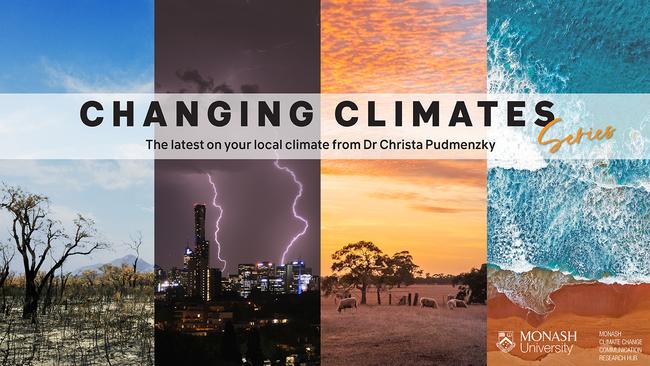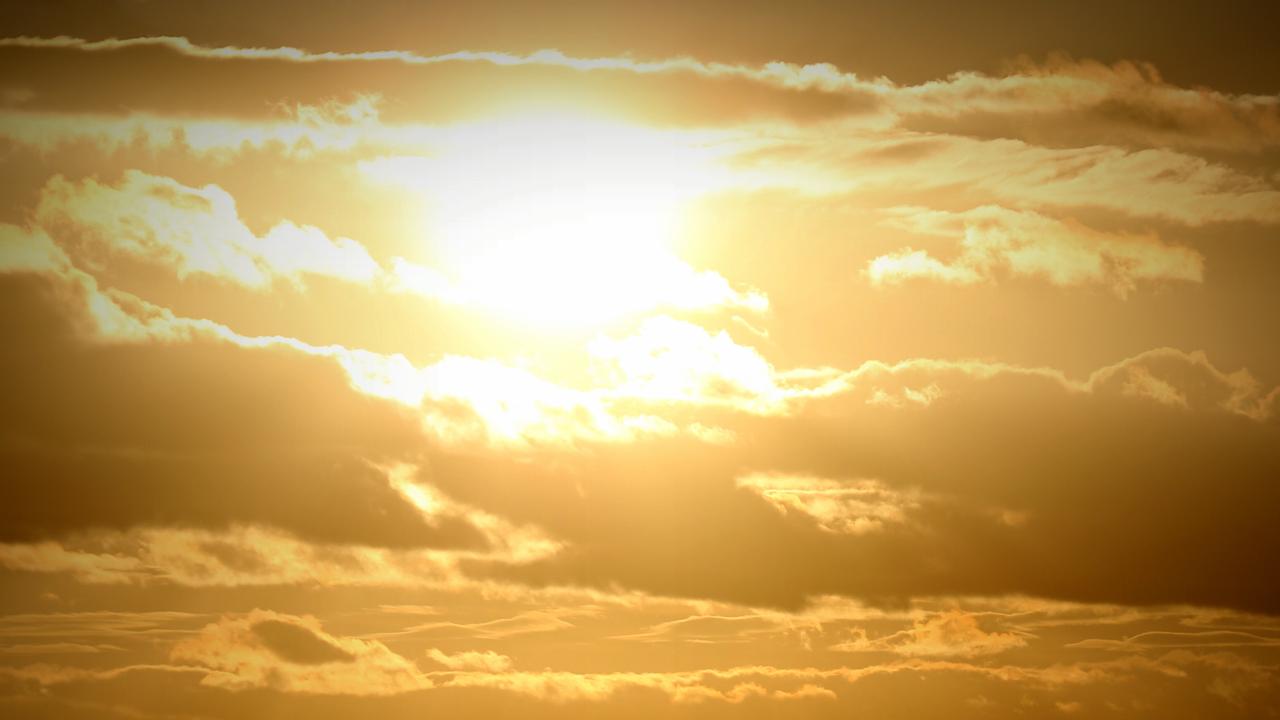Climate change pains of droughts and flooding rains
Host of South Burnett's Changing Climates series, Dr Christa Pudmenzky, explains how warming winter temperatures are linked with more extreme weather.

Hyperlocal
Don't miss out on the headlines from Hyperlocal. Followed categories will be added to My News.
Australia has a highly variable climate.
It is the land of droughts and flooding rains, experiencing everything from devastating bushfires to tropical cyclones.
And we are observing an increase in the frequency and intensity of these extreme weather events as human-generated greenhouse gas emissions continue to warm our climate.
We can see evidence of this warming right across the country.
In fact, since records began, Australia's average temperature has increased by 1.4C, which has led to hotter days and nights in South Burnett.
Local weather station observations show Queensland now experiences around five more hot June nights compared to the 1970s.

How else is our climate changing?
A small rise in average temperature leads to more hot extremes, fewer cold extremes and changes to rainfall.
Australia is sweating through increases in the frequency, duration and intensity of heatwaves, which have been accelerating since the 1970s.
Our warmer climate has also sparked an increase in fire weather and lengthened the fire season across parts of Australia.
And it's not just warm extremes that are shifting.
While it may not feel like it right now, cold snaps and chilly winter days, like those recently seen across the southeast of the country, are becoming less common overall.
In addition, extreme rainfall events are likely to become more frequent and intense in a warmer world.
We have already seen these kinds of heavy rainfall events and flooding across eastern Australia, while areas in the southwest have experienced increased drought.
While Australia has long been a land of extremes, human-induced climate change is pushing the boundaries of these weather events way above normal.
Human influence on extremes:
Developments in climate science mean experts can now assess if certain extreme events have been made more severe or more likely due to climate change.
Using climate models, scientists found that human activities directly impacted some extreme events, like hot spells, for the worse.
The United Nations Office for Disaster Risk Reduction also warns if current greenhouse gas emission trends continue, by 2030 we may see up to 40 per cent more global disasters per year compared to 2015.
Understanding these impacts is important for encouraging communities to reduce greenhouse gas emissions and help create a safer world.
Did you know?

Want more information on how your climate is changing? Check out the last article in this series.
Dr Christa Pudmenzky is a climate scientist at the University of Southern Queensland.
This column is part of a collaboration between Monash University and News Corp to deliver hyperlocal weather and climate information.


